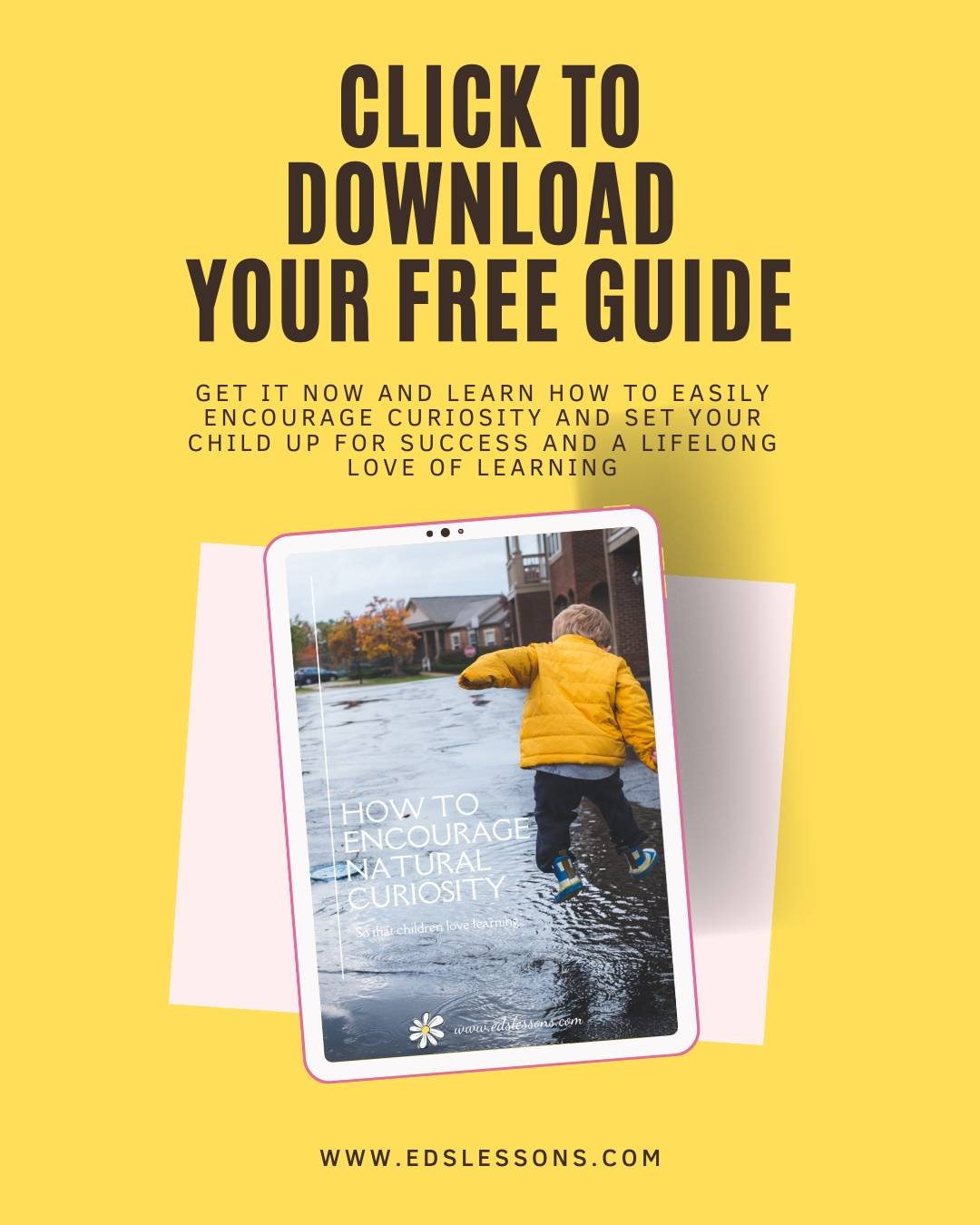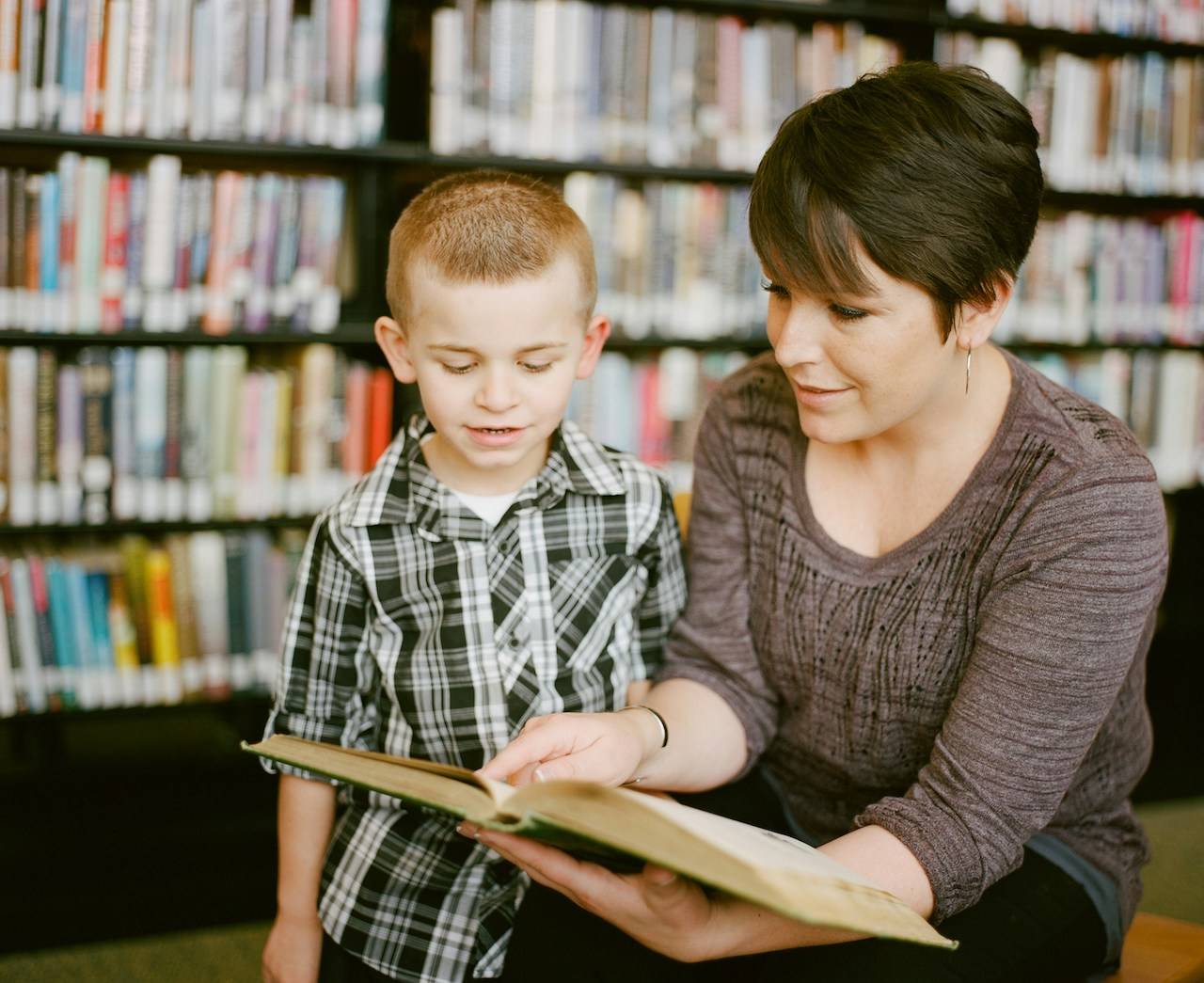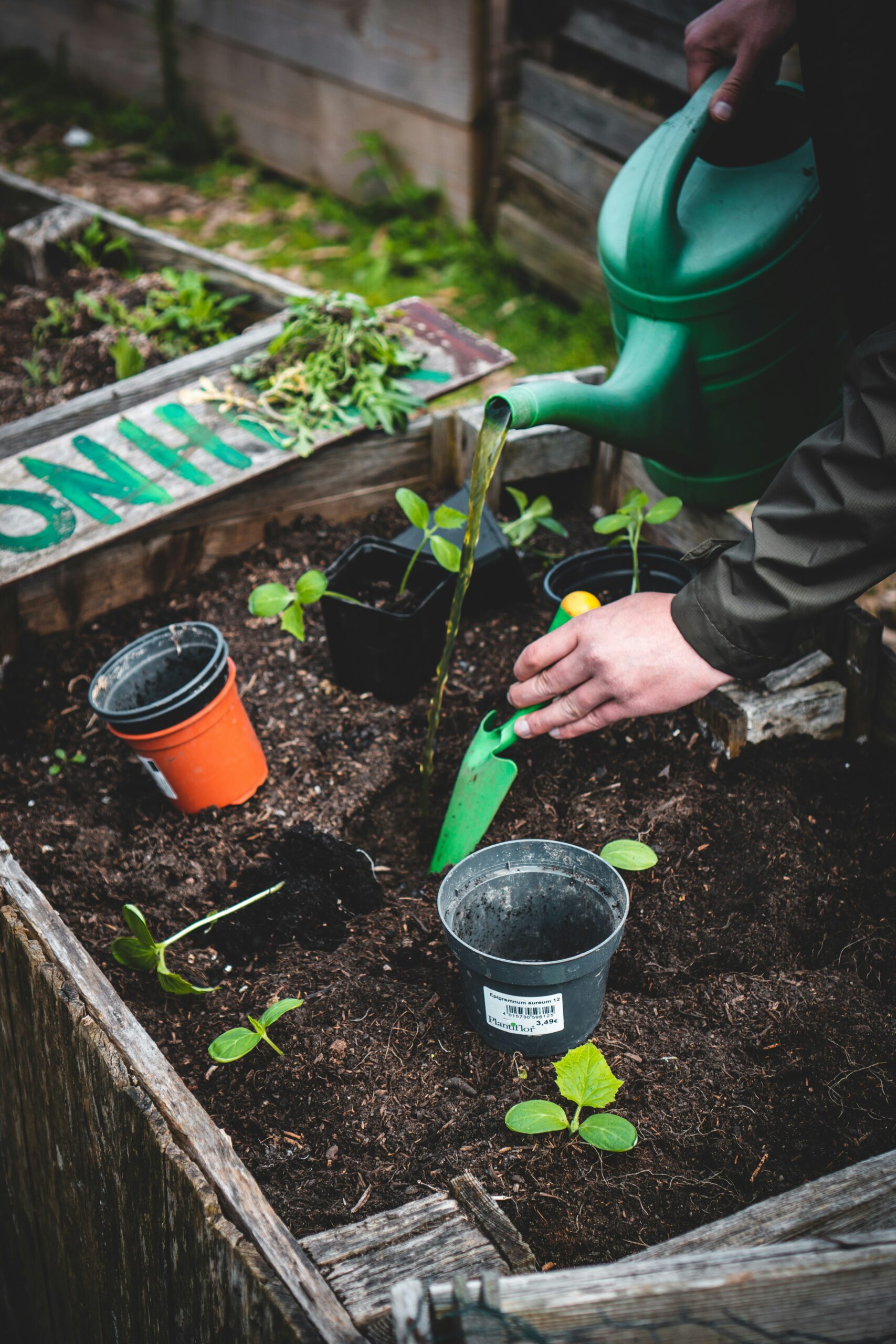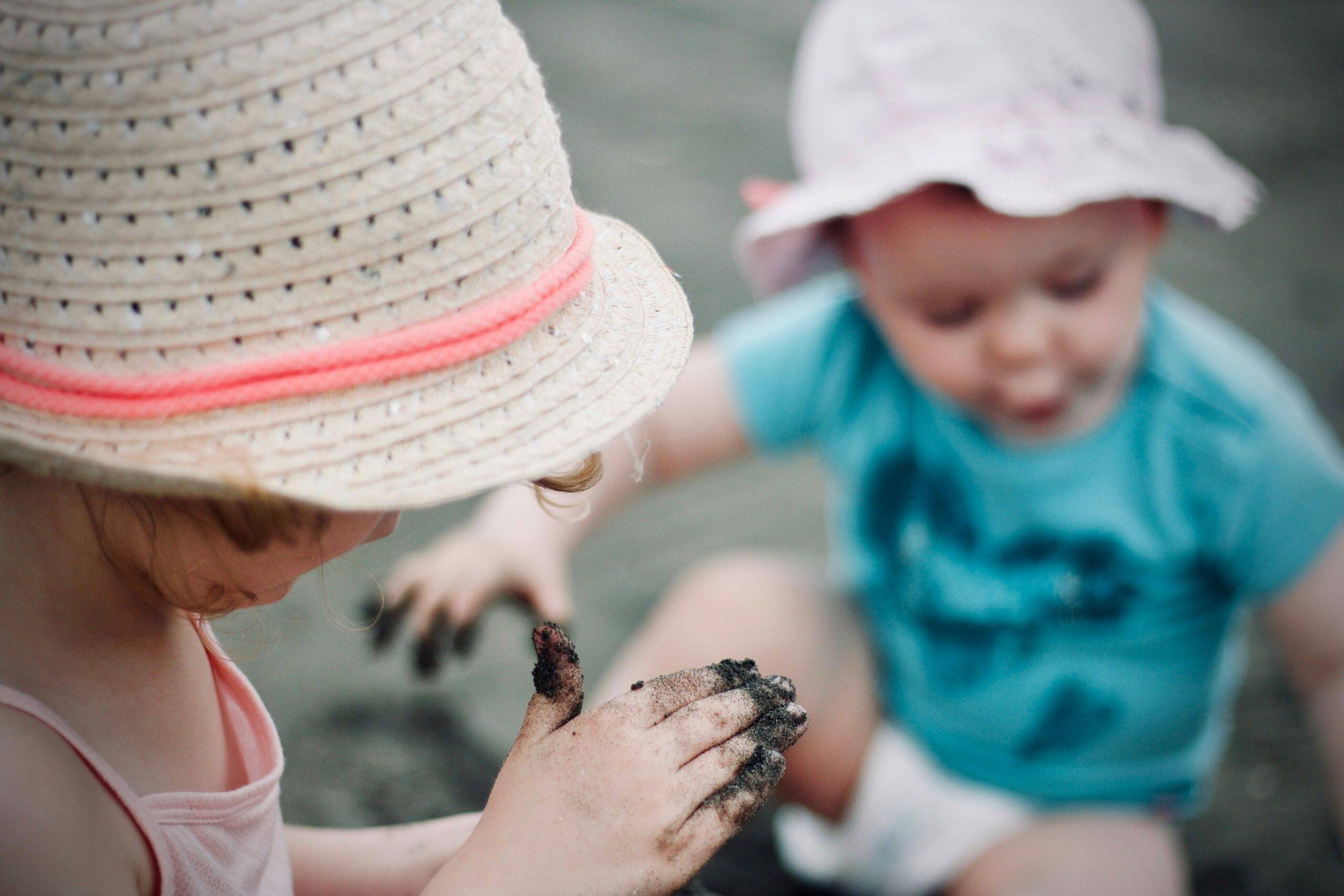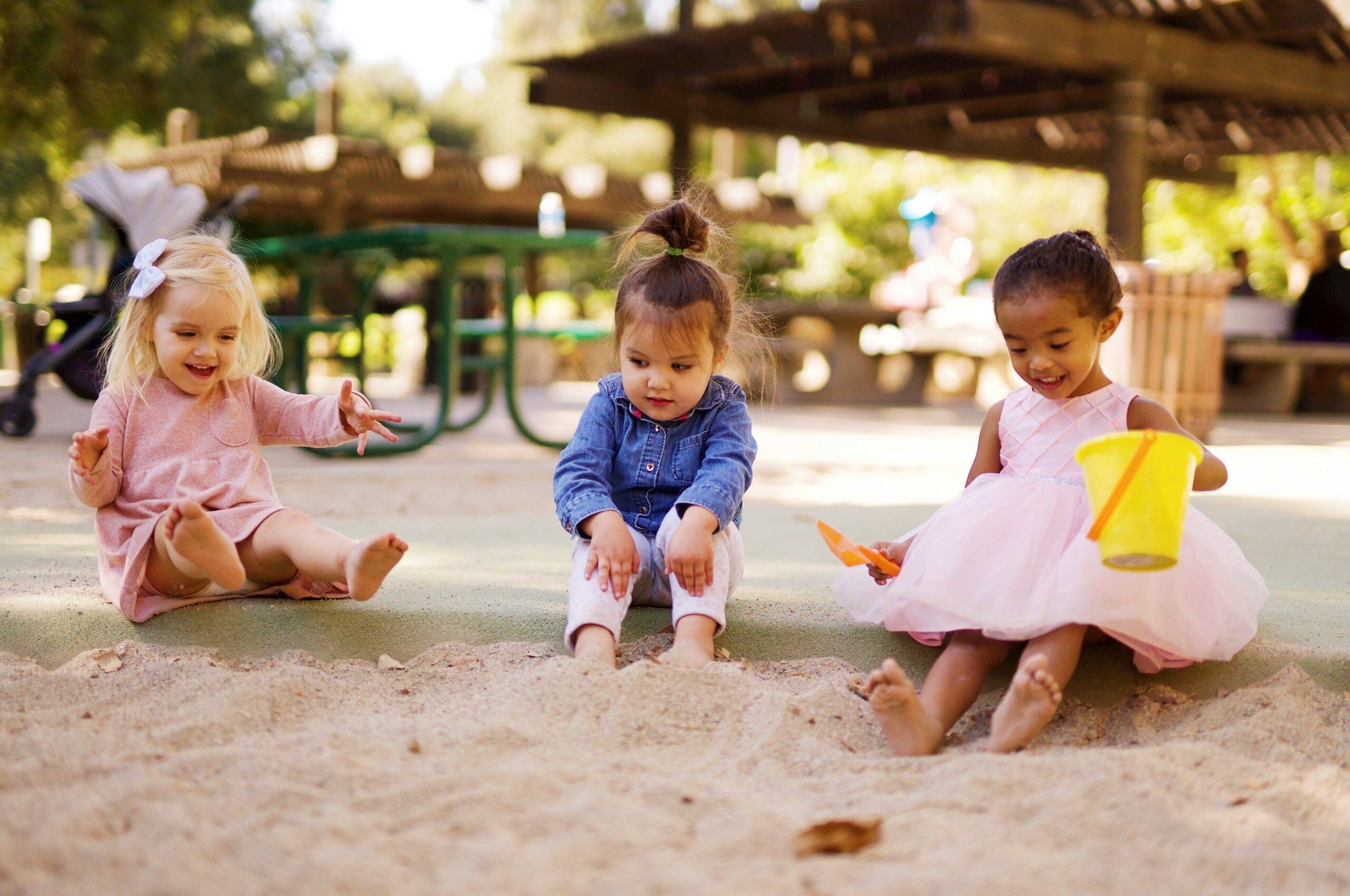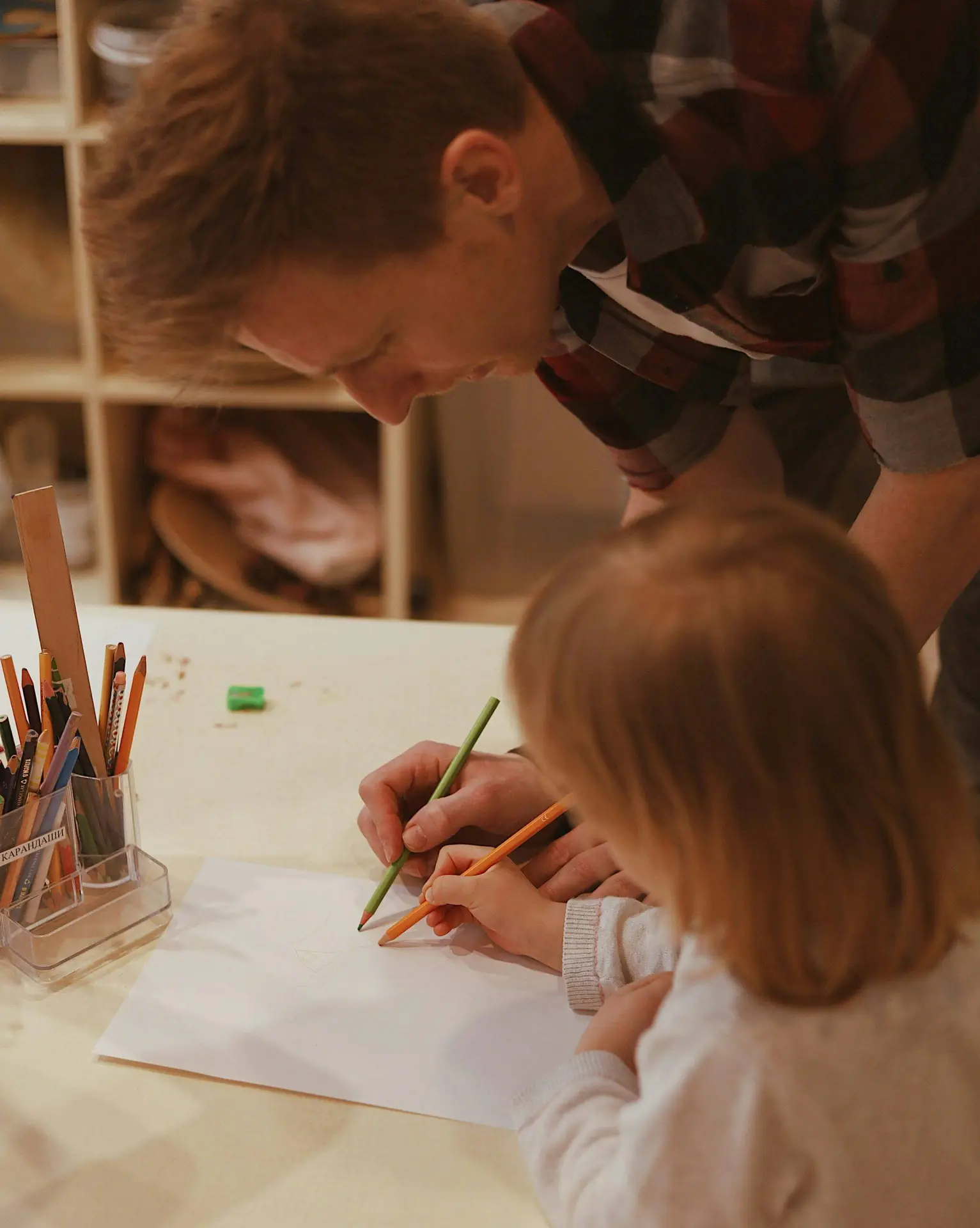Some of the links below may be affiliate links. This means that, at zero cost to you, I will earn an affiliate commission if you click through the link and finalise a purchase. All product recommendations are products that I have used and loved, or products that I would recommend based on experience.
How do you motivate a disinterested child?
Motivating a disinterested child can be particularly challenging for a teacher or parent. Some children don’t ask questions, they don’t seem engaged in learning and it appears that there is nothing that creates a spark in their eyes. Being disinterested is a huge stumbling block to learning and must be overcome if we are to nurture the next generation of problem solvers and great thinkers. So how can disinterested children be encouraged to love learning? Let’s first investigate why children might be disinterested in the first place.
Why are children disinterested?
Why are some children just plain keen and curious and see opportunities for discovery everywhere and others just sit, with no apparent enthusiasm for anything? There can be many reasons for a child’s disinterest. They may have a learning difficulty or perhaps they are having problems socially or struggling with attention. Either way we teachers and parents need to find a way to engage and motivate our learners to get the best out of them, even if a child has a diagnosis of some kind.
A parent’s role in motivating a disinterested child
One of my favourite authors Richard Louv in his bestselling book Last Child in the Woods, writes passionately and enthusiastically about how we as parents, our children’s first teachers, can develop that enthusiasm for learning in our children.
Louv suggests that we as parents who are already busy and stretched for time, not see this task of helping our children become interested learners as yet another chore, but rather to view this as an opportunity to reduce our own stress. Of course, he is talking about nature. When we invite more nature into our own and our children’s lives we reap the benefits of stress reduction, greater physical fitness, increased creativity and an increased sense of joy and playfulness.
Louv says it’s the parent’s enthusiasm that is most infectious and that our challenge is to find or rediscover our own sense of joy and excitement. He goes on to say that the most effective way to connect children with nature is to connect ourselves with nature.
Constructive boredom vs Negative Boredom
Louv makes a distinction between a constructively bored mind and a negatively numbed mind. What if your child finds everything boring?! They prefer to lie around watch television and play electronic games. There is a time and place for everything, but a “bored” child is not a good thing! Boredom wasn’t something that people experienced until the nineteenth century, there simply was just too much to do. Kids were busy, they had chores to do and had to help around the house and yard and they played outside in the streets or in the fields. In Louv’s book he speaks of this new kind of boredom where children seek out video games and gory movies searching for faster and more violent stimuli. This is the kind of boredom that has led to more antidepressants and stimulants being described to children than ever before.
Four simple steps to nurture constructive boredom and motivate a disinterested child
1. Read – Reading about nature with our children is one way to develop awe and wonder about the natural world. Of course, we all love watching Natural Geographic programmes and who doesn’t love watching David Attenborough documentaries? Why do educators prefer reading to viewing? When a child watches television he or she is bombarded by visual and auditory stimulation. Everything is laid bare before their eyes. Reading on the other hand, stimulates the imagination. The words and descriptions on the page allow a reader to build that picture in their own imagination, and so develops in a child that love for the written word, because it presents boundless opportunities to imagine!
2. Get out – “I’m bored!” are words for attention. This is when a positive parent or grandparent steps in and gets the child outside. Go for a walk, to the library, the park, fishing, the back yard, anywhere that is long enough for the child’s imagination to spark to life.
3. Remove screens – Get out books, paints, paper, crayons, blocks, Tupperware, blankets anything that will encourage creative play. As a parent you must lose that mindset of having your house perfect. A fort under the dining table might look a little untidy, but it’s not dirty and after a few days when the children get tired of that, it can be tidied up and a new challenge can be explored. I guess as parents we need to decide what is more important.
4. Encourage independence – Find a balance between boredom and too much direction. So much of children’s modern lives are structured. From soccer practice to dance and swimming lessons. Children need to be able to have unstructured time where they can explore and play safely without adult interference. Encouraging your children to play in their rooms or outside with their dolls, or Lego or animals or blocks or whatever toys they favour, is a godsend to many parents who work from home or just need some time on their own too.
How do you get to that place where children know how to entertain themselves and indulge in creative play?
It is up to us parents and teachers to set the stage. Some people are lucky enough to live near naturally wild spaces like forests, bushland, rivers, or the ocean, even so, children that live close to natural spaces very seldom are left to explore on their own either because of their own, or their parents’ fear. Even if we are not the outdoor hiking type, our backyard is the first entry point into nature.
Explore your own yard! Jointly go on an expedition to get to know your garden.
- Look under the rocks or the bark for the little critters hiding there.
- Sit quietly and observe the insects or birds that visit the garden.
- Tick off the birds that visit your garden in a birding book or create a graph to log the birds that visit your garden.
- Draw the flowers or leaves or pick some flowers and press them between the pages of an old book.
- Put out a rug under a tree or an umbrella on a hot day and lie and look up at the clouds. Look at the shapes and how they move and change.
- Take photographs with a camera or iPad, and then take the same photos every season to observe the changes.
- Plant vegetables and native indigenous pollinating plants to attract insects and provide nesting for native birds and insects. This marvellous activity allows both parent and child to participate in nature rather than just being an observer.
Conclusion
It’s up to parents (and teachers) to set the tone for children’s curiosity. We are the catalyst that sparks that desire to know more.
Encourage children to be interested in nature and the world around them by starting simply in your own back yard. Reading, getting children out and moving, and away from screens will not only benefit children’s learning but also improve parents’ lives by reducing stress and increasing joy and happiness.
I hope you take the plunge and get yourself and your family outside to spark curiosity and a love of learning.
You’ll be so glad you did! Remember that the best way to get children to think is to ask open ended questions. Download your free e-guide with tips for developing curiosity and questions to spark curiosity.
If you have found this post informative or interesting, please share it and subscribe below to my monthly newsletter to ensure you’re up to date with all the exciting developments at Ed’s Lessons.

